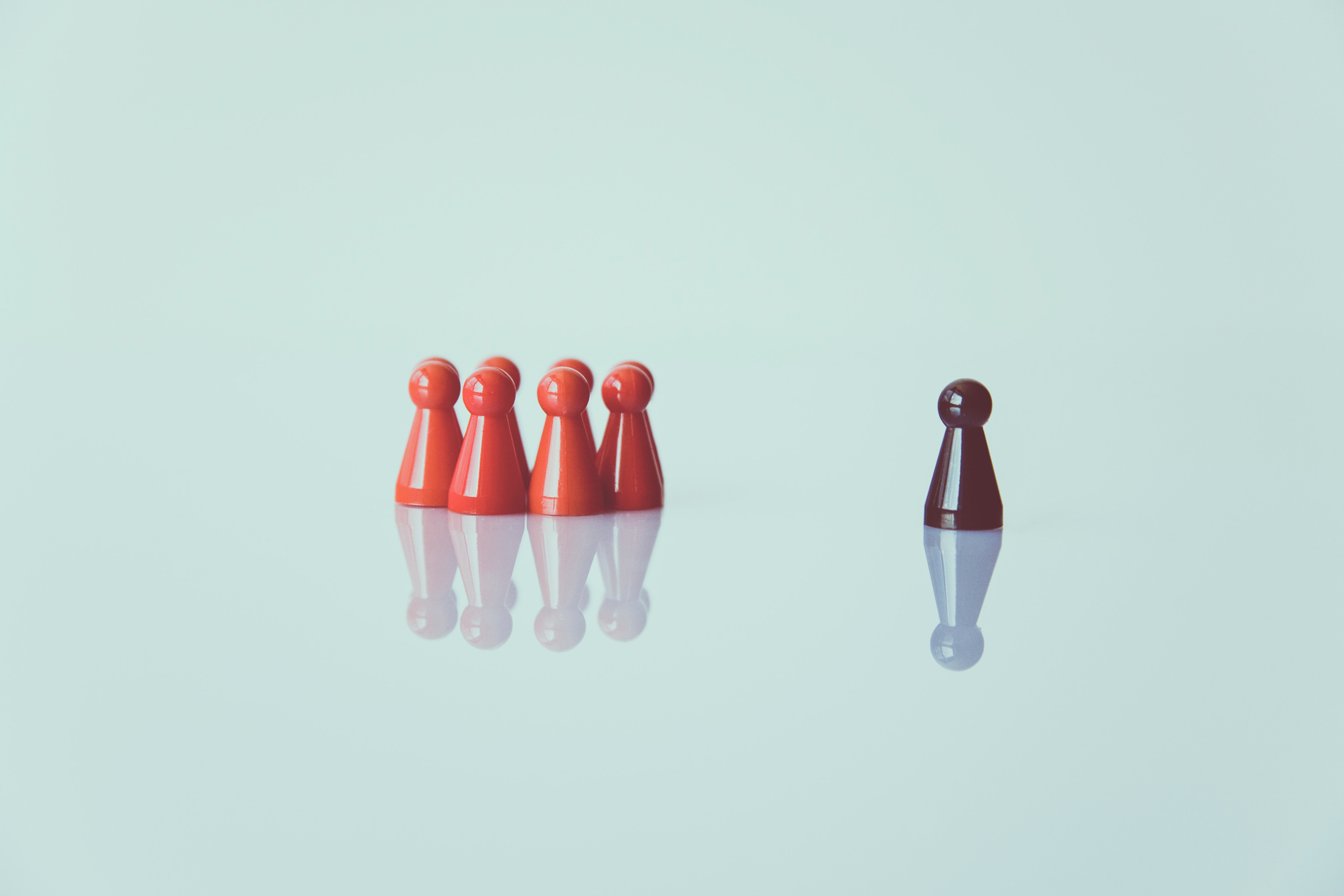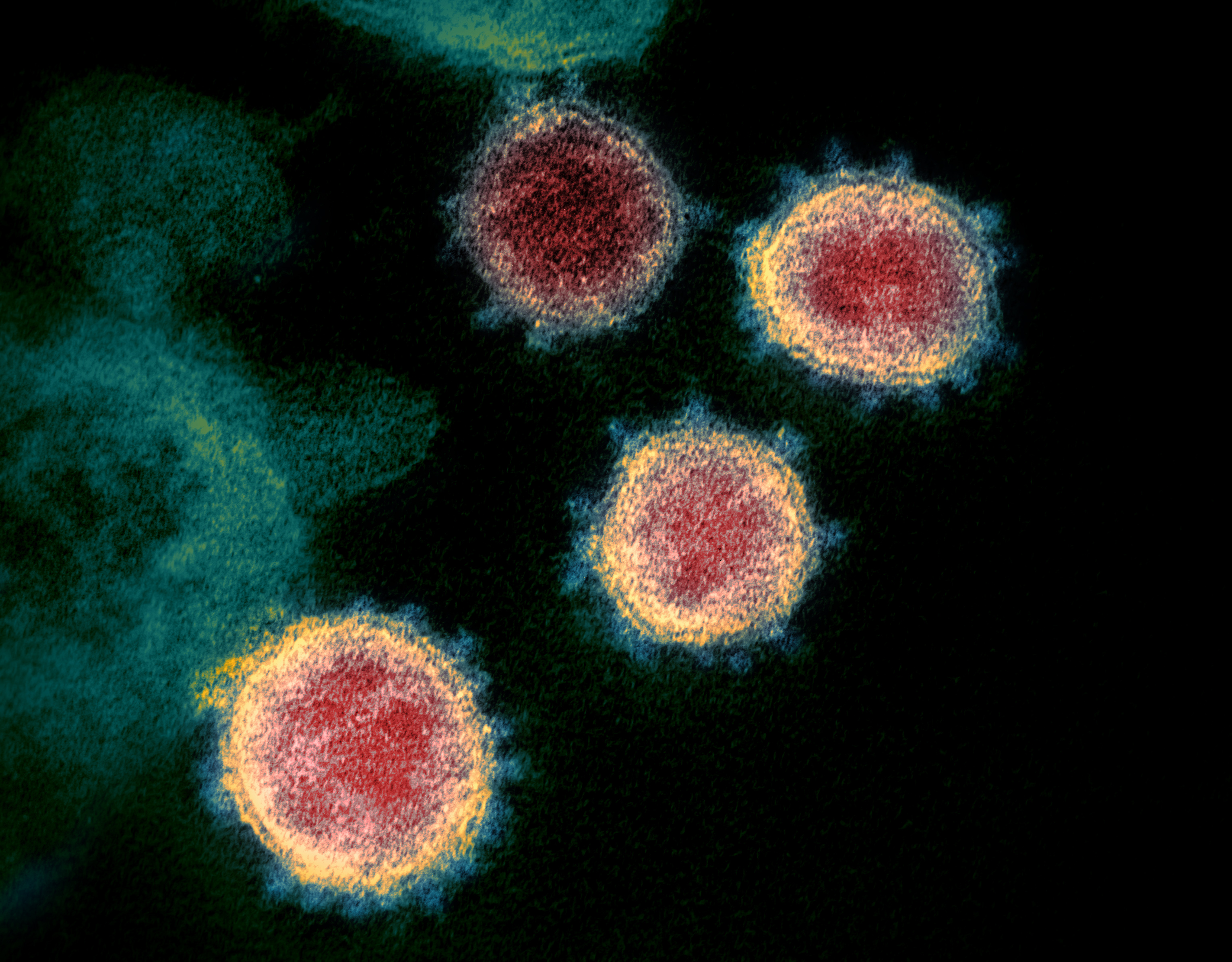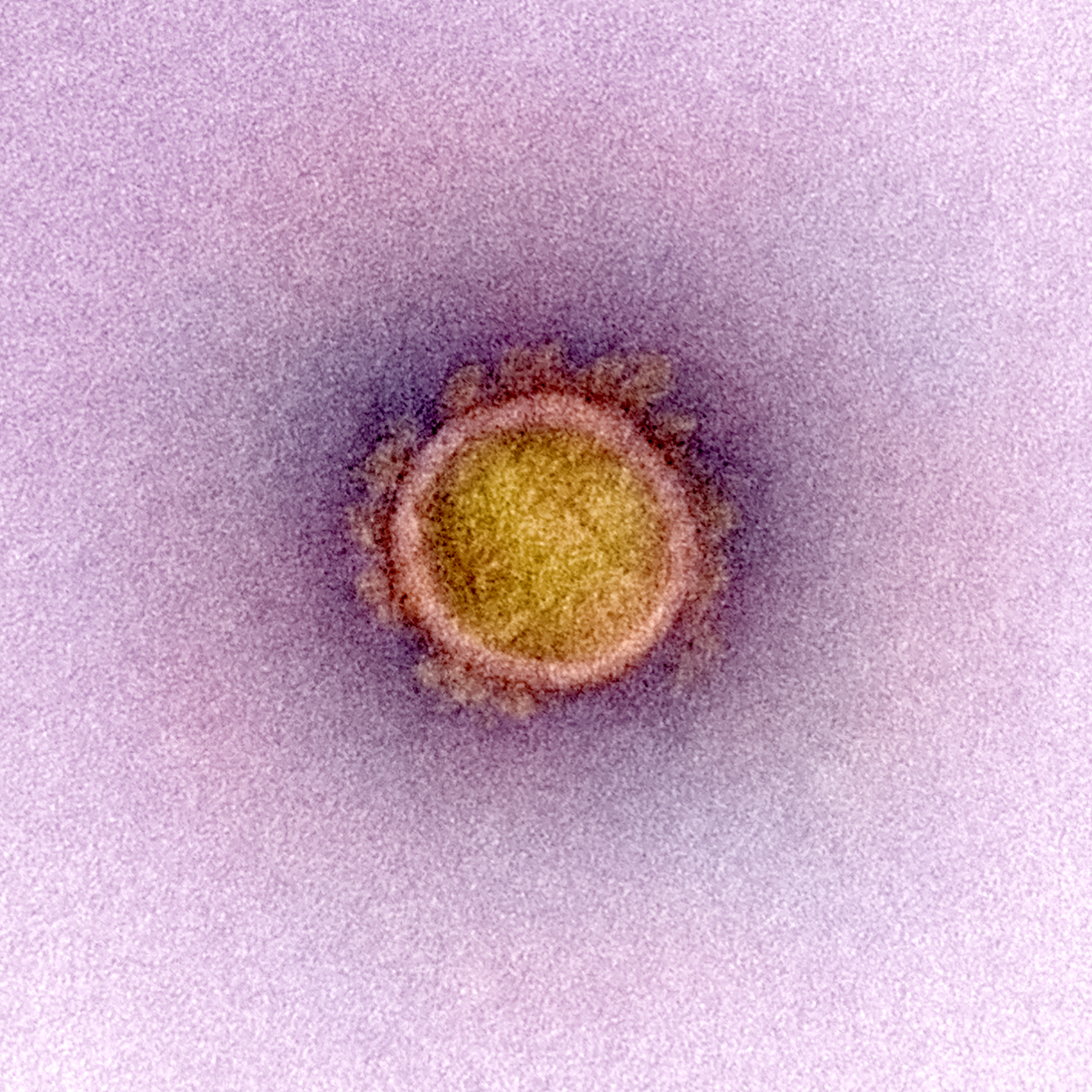
Modified fromÚrsula Madariaga | Pexels
Why a coronavirus quarantine in the US is a bad idea
Broad, sweeping restrictions could do more harm than good
With daily news reports of new COVID-19 cases, both globally and in the US, many people will start considering whether there should be more areas under quarantine. On March 8th, Dr. Anthony Fauci, director of the National institute of Allergy and Infectious Diseases, went so far as to say that regional lockdowns may become necessary. Some may fear the virus and wonder why more people are not quarantined already, while others may be worried that they may be taken away and quarantined themselves. There are also confusing messages about what quarantine is and whether it is actually effective in containing epidemic spread.
First, it is important to distinguish between isolation, which applies to people who are actually sick or test positive for infection, and quarantine, which applies to people who may have been exposed to an infection but are not currently sick, and may or may not become sick in the future. There is broad agreement in public health that isolation can be an effective tactic, particularly with viral illnesses like COVID-19 that can spread through droplets in the air, but many argue that enforced quarantine and broad travel restrictions do more harm than good.

Are quarantines effective?
Markus Spiske from Pexels
The effectiveness of quarantine depends on the nature of the virus and how it is spread in combination with social and political factors. The current outbreak is due to a coronavirus now named SARS-CoV-2 that causes a disease called COVID-19. The World Health Organization (WHO) currently estimates that the case fatality rate, or the percentage of those infected who die, is 3.4%, much lower than it was for SARS at 11%, but that COVID-19 is more transmissible than SARS, which means that it is more likely to move from person to person. It’s worth pointing out that this rate is very dependent on region and age, and may likely change as we learn more.
For this disease, if steps had been taken right away to contain the disease before it spread beyond the Wuhan area, then quarantine could have been an effective way to slow down the epidemic. Once the infections began to spread throughout China and the world, quarantine became a less viable solution. That the virus can potentially be spread by people who are mildly ill or asymptomatic also makes quarantine less effective. With the fast pace of global travel, the infection can no longer be contained within any one geographic area. At this point, the most likely scenario is that COVID-19 will spread across the globe and become a pandemic. The new priority becomes managing further spread and minimizing harm in affected areas.
Since quarantine is a process applied to people, whose lives are interconnected economically, socially, and in physical space, there are many wide-reaching ramifications. Fears of travel or trade restrictions and negative publicity may also lead countries to conceal outbreaks, even though early detection and information sharing are key in identifying and controlling an epidemic. The slow initial response to SARS in China in 2003 is likely to have led to increased spread of the disease, and attempts at information suppression about COVID-19 in Iran have led to a public health crisis in that country. The threat of quarantine may also lead people to hide their symptoms and to rapidly leave the area out of fear, which facilitates the spread of disease.
If large areas are quarantined, this becomes a risky burden on local health care workers, who are often working to the point of exhaustion in understaffed and low-resource situations while simultaneously being exposed to the virus. This is particularly apparent in China's Hubei province, where the outbreak started, and which has been under strict travel restrictions since late January. There can also be problems with shortages of food, medicine, and supplies. Individuals who are vulnerable and those with other health conditions are put at risk, including pregnant woman currently trapped in "lockdown" cities.

Transmission electron microscope image of SARS-COV-2 virus
Quarantining entire areas traps people who have not been exposed with those who are sick for indeterminate amounts of time, increasing the chance that they will become exposed. This is the situation in the case of cruise ships that are denied docking. Quarantines also lead to social isolation, which can pose risks to mental health.
Decisions about enforced quarantine and travel restrictions are often susceptible to stereotyping and prejudice, where people are targeted because of their appearance, ethnicity, or national origin rather than the scientific facts. This trend is apparent both in history and in the current situation, where business in US Chinatowns have been severely impacted, even in areas without reported COVID-19 cases. Targeting minority and vulnerable populations is not only ineffective in managing the spread of disease, but it is also damaging to the social trust needed for a diverse community to effectively manage an outbreak.
WHO does not recommend broad quarantine measures in general, which makes it particularly interesting that, in the recent Report of the WHO-China Joint Mission, they praised China's efforts, which include mass quarantine and enforced travel restrictions on an enormous scale. They credit social solidarity and shared sense of purpose as a factor in containment success, and while this is important, the process of containment through restriction was only possible because China has a world-leading amount of electronic surveillance and physical control over its population. There are also concerns over censorship of COVID-19 related information.

Transmission Electron Microscope image of SARS-CoV-2
Outside of China, the virus is unlikely to be contained through mass quarantine efforts, not only because the virus has spread to a point where it would not be successful, but also because the social and political contexts are very different elsewhere. In the US, there is a legal framework for quarantine, but the emphasis is on balancing individual civil rights with public health.
So, since the effectiveness of quarantine would likely be very low, what should be done instead? First, scientists must learn more about the virus and its transmission as well as continue working on treatments and prevention, including developing vaccines. Policymakers must be able to respond rapidly to identify people who have come into contact with an infected person and confirm that transmission has occurred. Isolation for sick individuals is still needed, but for others, voluntary measures such as self-quarantine or social distancing are preferred over externally enforced quarantine.
Local governments must be ready to close schools and public transportation systems if needed and to provide additional support to lower income and vulnerable individuals in order to make voluntary measures feasible. Governments must be willing to fund all needed COVID-19 testing and medical care, so people do not avoid getting help because they cannot afford it. Everyone should be mindful that additional resources will be needed for low income countries and vulnerable populations everywhere, including the elderly and those with existing medical conditions.
Finally, ensuring an open exchange of scientific information between countries and clear and transparent communication with populations is essential. Epidemics are controlled with research, resources, communication, and trust, rather than with silence and denial.
